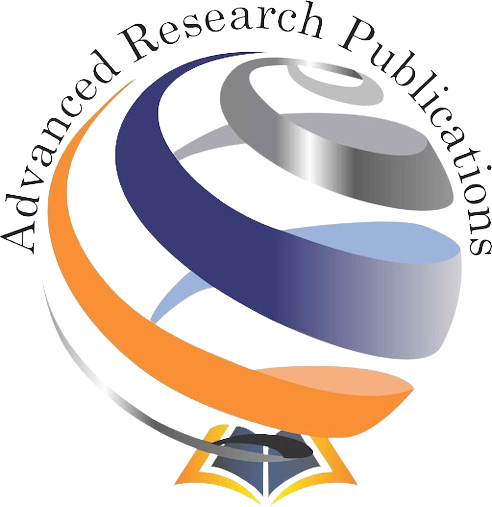Your professors may advise you to study and use existing knowledge published in peer-reviewed journals. Why?
Peer reviewed, also called refereed, journals provide publication acceptance for an article only after a review and evaluation by an editorial board of subject. Peer review aims at maintaining publication standards and extricating the best possible scientific innovation.
Peer review is generally double-blind, that is, the author and the reviewer do not know each other. This aims at ensuring objectivity in a review.
Journals usually publish Editorial Board information at the beginning or, sometimes, end of each journal issue.
Peer review is one of the best techniques to verify an innovation and publish it as globally accepted scientific research. It helps in maintaining the standard required in publishing.
It is not necessary to review certain type of information in a peer-reviewed journal, for instance, editorials, letters to the editor, book reviews.
Peer review (or referee) process
- Names and affiliations of the members of the Editorial Board appear at the beginning of the print issue and online too.
- If you submit an article, a subject expert will receive it from the Editorial Board for review and evaluation before publication.
- The reviewer will evaluate your submission on the basis of novelty and significance to the already existing knowledge and technical quality.
How do you identify a peer-reviewed journal?
First, you need to be able to identify which journals are peer-reviewed. You may follow these steps:
- Limit your search in a database to peer-reviewed journals only.
- Check the website of the journal to see if it is peer-reviewed. We suggest the following steps:
- Check current year issues of the Journal in the Library or online.
- Look at the masthead of the publication. This usually has a box either in the beginning or the end of the Journal with publication information such as the Editorial Board, the publisher, the place of publication, the subscription cost, and the like. You may find this information in every issue or, sometimes, once a year.
- Find whether the journal declares in its peer review policy on the website.
- Check whether the Journal asks for a separate title page and manuscript.
- Look for the following points:
- Does the Journal use technical terminology peculiar to the subject?
- What is the article format: Does it follow abstract, introduction, methodology, results, discussion (literature review), conclusion, and references?
- Are the articles that are already published written by scholarly researchers in the field within the scope of the Journal?
- Is there a minimum or no advertising?
If you answer all the above questions “yes,” the Journal may be following the standard peer-review process.
Your negative answer to any of the above questions raises doubts about whether the Journal is peer reviewed.
We also suggest:
- Check Editorial/Peer Review Policy and instructions to authors on the Web Page of the Journal.
- Check Indexing of the journal and then go to the Website of the Indexing service to find whether the information is correct.
If you are still not sure, take the help of your guide.
The peer-review process does not change the fundamental script of a given submission; however, it may lead to certain additions and clarifications in analysis, results, parameters. As an author, you may receive a request for revision and explanation of certain portions in response to the reviewer’s suggestions.
The Editorial Board of Advanced Research Publications shows commitment to a strict yet fair and objective double-blind review process in order to assist the researcher.

